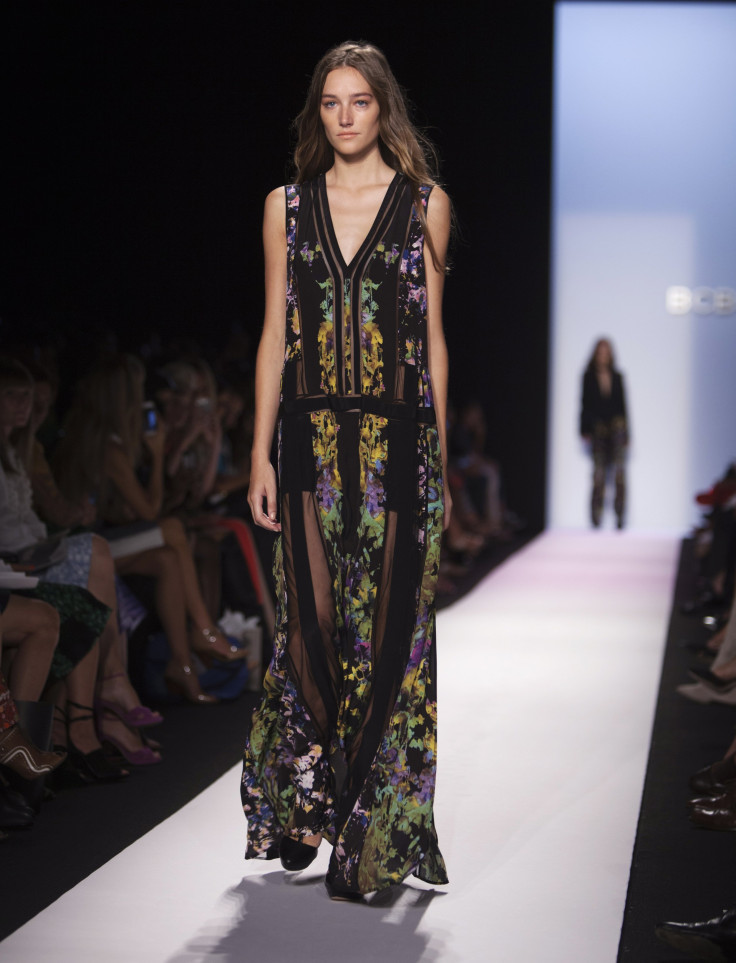New York Fashion Week: The Numbers And Economic Benefits Behind The World's Biggest Fashion Show

For the next week there will be over 270 runway shows and presentations at Lincoln Center as more than 100,000 people attend New York’s Fall Fashion Week.
And while fashion is a hugely significant issue for New Yorkers, who spend a lot of money on the latest designer labels, NYFW has huge economic benefits to New York’s economy, generating about $850 million every year.
The annual Fall and Spring events bring in between $425 million and $435 million each as attendees flood into local restaurants, hotels and retail stores.
The event, now in its 70th year, was founded by fashion publicist Eleanor Lambert in 1943 to showcase collections by American designers for the international press. In the beginning, only 53 female page editors showed up to cover it. Today that number is nearer 200,000 for the biannual event.
Last year the New York City Economic Development Corporation (EDC) analyzed the benefits that NYFW brought to the city and discovered that about $6 million is spent on hotels, $7 million in retail stores, $9 million on restaurants and $12 million on leasing venues for the week. Lincoln Center alone generates $40 million directly, according to a report by Fordham University. Overall, visitor spending accounts for about $532 million, leading to about $865 million in economic impact over the course of the year.
To put it in context, the Super Bowl, which will be held at New Jersey's MetLife stadium in February, will generate about $430 million for the wider New York area. The U.S. Open at Flushing Meadows, the world’s most lucrative annual sporting event, will last about two weeks and will bring in $750 million for the city, and the New York City Marathon generates $340 million each year.
© Copyright IBTimes 2024. All rights reserved.





















